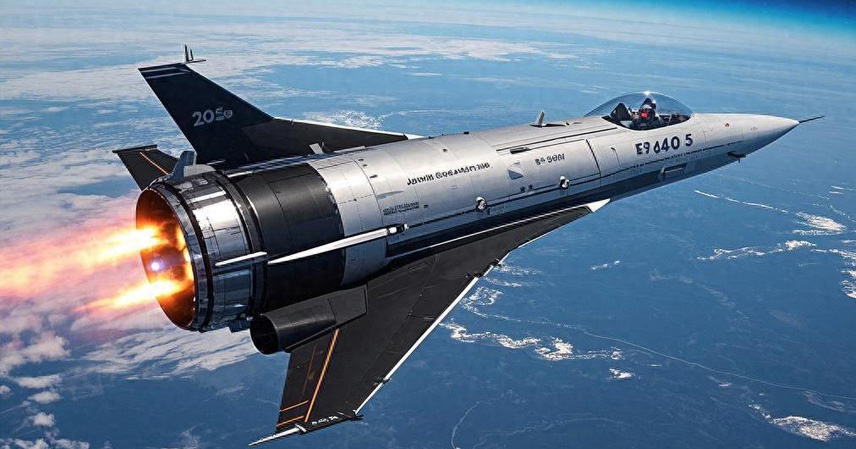Some technologies emerge so fast that the world reacts before the details are fully clear. Recently, foreign media have been buzzing over reports that China has developed a 16-Mach jet engine, capable of flying around the globe in just one hour. True or not, this story has sparked global attention—and anxiety.
The “Thunderbolt”: 16-Mach Engine or Experimental Milestone?
On February 26, 2024, the South China Morning Post reported that Chinese scientists had created the world’s first 16-Mach jet engine powered not by exotic fuels like liquid hydrogen or oxygen, but by RP-3 aviation kerosene—the same fuel used in commercial jets.
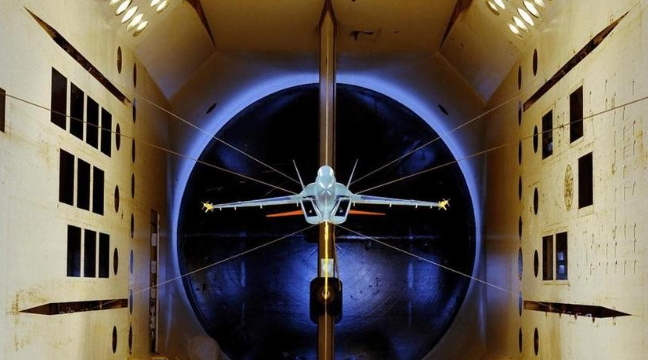
While the news captured global headlines, official sources remained silent. However, a paper published in the Chinese Journal of Fluid Mechanics provided technical insight: “RP3 Aviation Kerosene Oblique Detonation Engine Test Study.” The study described wind tunnel experiments, not flight tests.
The experiments were conducted at the JF-12 Shock Tunnel Laboratory, one of the world’s largest hypersonic wind tunnels, simulating altitudes of 40 km and temperatures of thousands of degrees Celsius. Researchers successfully sustained oblique detonation waves using RP-3 fuel—a mode of combustion far faster and more compact than conventional ramjets.
In simple terms, this is like upgrading a “campfire” into a plasma cannon:
- Combustion speed increases 1,000-fold
- Combustion chamber size reduces by 85%
- Thrust increases while engine size decreases
The theoretical upper limit of oblique detonation gives rise to the 16-Mach speed. While this is still experimental, the implication is clear: China may have mastered the seed technology for Mach 16 propulsion.
Behind the Wind Tunnel: The True Breakthrough
By February 2025, Chinese scientists had validated the stable propagation of oblique detonation waves at high hypersonic speeds under extreme conditions:
- Altitude: 40 km
- Speed: Mach 16
- Temperature: ~3,000°C
The experiment solved three key challenges simultaneously: wave stability, continuous ignition, and structural heat management.
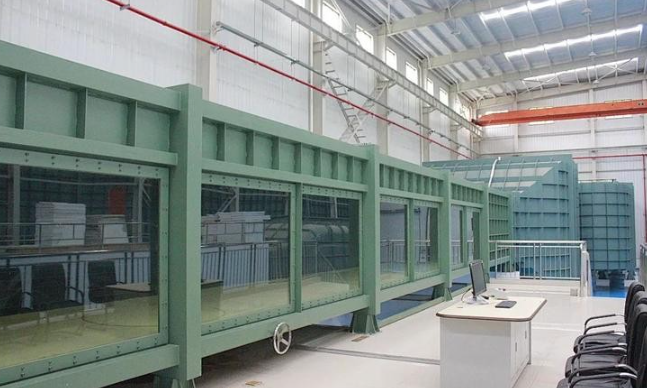
The effort was led by the Chinese Academy of Sciences, backed by national-level resources, and executed in collaboration with the Beijing Institute of Power Machinery, China’s largest research institute for ramjet and turbojet engines since 1957.
At the 2024 China Airshow, they displayed an integrated ODE (Oblique Detonation Engine) model, demonstrating a decade-long evolution from prior CTJ and CTF engine series.
Key performance improvements include:
- Combustion efficiency doubled
- Thrust increased 40%
- System weight reduced 20%, improving payload and range
In short, ODE combines rocket-like speed with jet-like endurance, while being cost-effective.
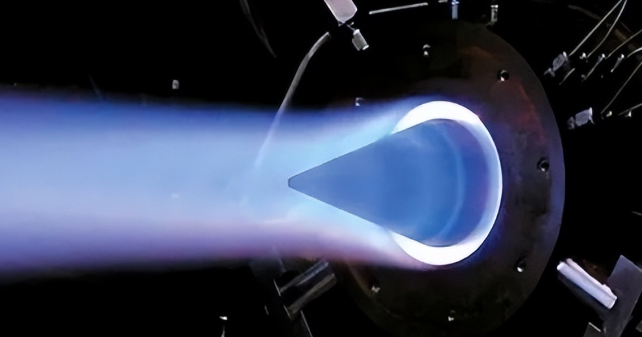
Why the World is Watching
The real concern for the U.S. and other nations is not whether China is fast—it’s that China may redefine the rules of hypersonic flight.
- The U.S. X-51A scramjet struggles with short-duration flights at Mach 5.
- China’s wave-riding vehicles (DF-ZF series, 2014–2017) achieved Mach 6 with full 3D maneuverability.
- Russia’s 2018 “Avangard” missile reached Mach 20 but relied on liquid rocket propulsion, lacking reusability.
China’s ODE route focuses on jet propulsion + controllable detonation + reusable flight, a fundamentally different approach with strategic advantages.
The takeaway: China is not just pushing speeds; it is making hypersonic flight stable, controllable, and potentially operational.
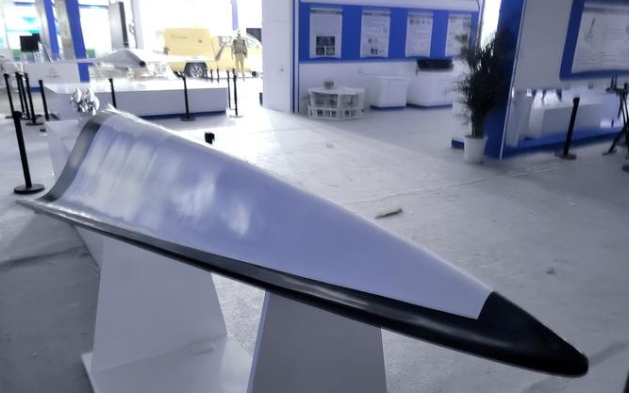
A New Hypersonic Ceiling?
The media speculation about “flying from Shanghai to Los Angeles in 30 minutes” is based on theoretical calculations at Mach 16. While practical deployment is still in the future, these developments signal that China is reshaping the global understanding of hypersonic technology.
- From papers to wind tunnel tests
- From airshow demonstrations to flight trials
- From experimental validation to potential mass production
The message is clear: China is not chasing hype—it is systematically redefining the limits of high-speed flight.
Sources:
- “World’s First? China May Redefine Limits of Speed.” Observer Network, Feb 26, 2025
- “China Wave-Rider Vehicle Achieves Large-Angle Maneuvering.” People’s Daily, Dec 2, 2019
- “China’s Hypersonic Weapon Test Success.” Reference News, Aug 9, 2018
- “China Develops 16-Mach Jet Engine.” Military Second Dimension, Feb 26, 2025
- “China Airshow: ODE Engine Stuns Audiences.” The Paper, Nov 13, 2023

